Seemingly obvious question, but. There are electrical supply companies that sell insulation tape in boxes of 12 or 24 units. Seems that there's quite a demand for the stuff.
No commercial product I've ever seen uses insulation tape. They use connectors, solder, heat shrink, etc. I don't think that electrical code allows for wiring up a house by twisting the wire cores together and taping them. You're not supposed to extend a lampshade flex by twisting on another length and covering the joint with tape.
I've used loads of the stuff for setting out road pin levels and concrete slabs. It's very good for that. I once saw a video of a 10KV splice being made and they used lots of tape for it, but that didn't seem to be the stuff from the DIY shop.
I'm curious as to what the approved use of insulation tape is? And if there isn't one, why isn't it banned for electrical work?
STOP THE PRESS...
I've just put up a fluorescent light fitting. It's from Wickes, a UK DIY store. This is from the instructions:-
This is the first example I've ever seen of insulation tape being mentioned in a retail device. I now know what it's for...
